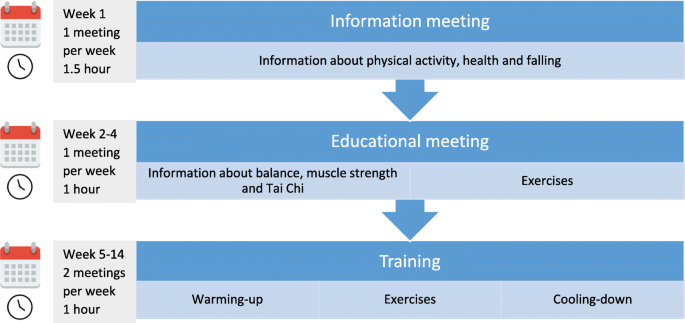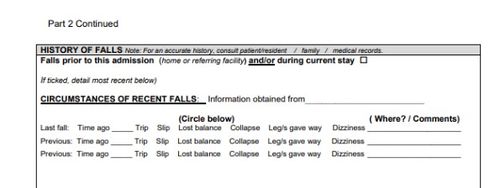Top Guidelines Of Dementia Fall Risk
7 Easy Facts About Dementia Fall Risk Described
Table of ContentsA Biased View of Dementia Fall RiskNot known Facts About Dementia Fall RiskLittle Known Facts About Dementia Fall Risk.An Unbiased View of Dementia Fall RiskExamine This Report about Dementia Fall Risk
The FRAT has 3 sections: fall threat status, danger factor checklist, and activity plan. A Fall Threat Condition consists of data regarding background of recent falls, drugs, psychological and cognitive status of the individual - Dementia Fall Risk.If the individual ratings on a threat factor, the corresponding number of points are counted to the individual's fall danger score in the box to the far. If a client's loss danger rating completes five or higher, the person is at high danger for drops. If the person scores only four points or lower, they are still at some risk of falling, and the nurse ought to use their finest scientific analysis to take care of all fall risk elements as part of an alternative care plan.
These basic approaches, in basic, aid create a secure atmosphere that decreases unintentional falls and delineates core preventive actions for all people. Indications are crucial for clients in danger for drops. Medical care providers require to recognize who has the problem, for they are accountable for executing actions to promote patient safety and security and stop falls.
6 Easy Facts About Dementia Fall Risk Explained
Wristbands ought to include the individual's last and initial name, day of birth, and NHS number in the UK. Just red shade should be used to indicate unique individual status.
Things that are also far may require the client to reach out or ambulate unnecessarily and can potentially be a risk or add to falls. Helps avoid the client from going out of bed without any type of support. Nurses reply to fallers' call lights faster than they do to lights initiated by non-fallers.
Aesthetic impairment can greatly create falls. Maintaining the beds closer to the floor decreases the risk of drops and major injury. Placing the cushion on the floor significantly lowers autumn threat in some health care settings.
Little Known Questions About Dementia Fall Risk.
People who are tall and with weak leg muscular tissues that try to sit on the bed from a standing placement are likely to drop onto the bed due to the fact that it's as well reduced for them to decrease themselves safely. If a high patient attempts to get up from a low bed without support, the person is likely to fall back down onto the bed or miss the bed and fall onto the floor.
They're made to promote prompt rescue, not to stop falls from bed. Audible alarms can likewise advise the person not to rise alone. Making use of alarms can additionally be a substitute for physical restraints. Apart from bed alarms, boosted guidance for risky people additionally might aid prevent falls.

People with an evasion stride rise loss opportunities considerably. To minimize autumn danger, shoes ought to be with a little to no heel, thin soles with slip-resistant tread, and support the ankles. Advise patient to make use of nonskid socks to avoid the feet from sliding upon standing. Urge individuals to use suitable, well-fitting shoesnot nonskid socks for ambulation.
The Dementia Fall Risk PDFs
In a study, homes with appropriate lights report less falls (Ramulu et al., 2021). Enhancement in illumination at home may lower loss rates in older adults.

Caretakers are reliable for guaranteeing a safe and secure, protected, and safe atmosphere. Research studies demonstrated very low-certainty proof that caretakers minimize fall risk in intense treatment healthcare facilities and only moderate-certainty that choices like video clip tracking can decrease sitter use without raising autumn risk, suggesting that caretakers are Look At This not as beneficial as at first thought (Greely et al., 2020).
Dementia Fall Risk for Beginners

Raised physical fitness lowers the threat for drops and limits injury that is sustained when loss transpires. Land click this site and water-based exercise programs might be in a similar way advantageous on balance and stride and consequently lower the danger for drops. Water exercise may add a favorable benefit on equilibrium and stride for check here women 65 years and older.
Chair Increase Workout is an easy sit-to-stand workout that helps enhance the muscles in the thighs and butts and boosts movement and freedom. The goal is to do Chair Increase workouts without making use of hands as the customer becomes stronger. See sources area for a detailed direction on just how to execute Chair Rise exercise.